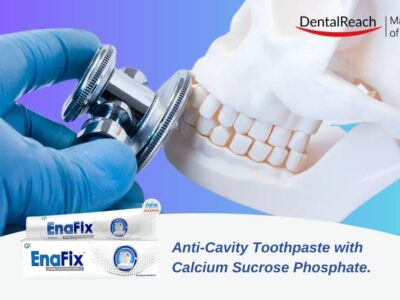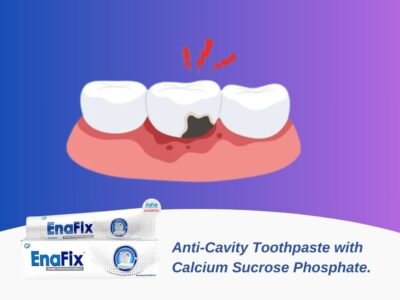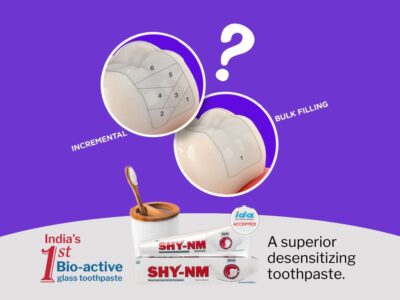Even though it has been a long time since the emergence of severe acute respiratory syndrome coronavirus 2 (SARS-CoV-2) infections in late 2019, there has been a limited understanding of the reasons for the clinical variability of coronavirus. There is a lack of biomarkers to identify individuals at risk of developing severe lung disease.
Hypothetical model for the oral-vascular-pulmonary route of infection:

Co-author Dr. Iain Chapple, professor of periodontics at the University of Birmingham, commented: “This model may help us understand why some individuals develop COVID-19 lung disease and others do not. It could also change the way we manage the virus—exploring cheap or even free treatments targeted at the mouth and, ultimately, saving lives.”
“Studies are urgently required to further investigate this new model, but in the meantime, daily oral hygiene and plaque control will not only improve oral health and well-being but could also be life-saving in the context of the pandemic,” Chapple explained.
From the oral cavity, if SARS-CoV-2 can reach the lungs through the blood, causing immunothrombosis-driven disease in the pulmonary vessels, then early measures to decrease transmission to the lungs in this way must be considered in the management of COVID-19. This concept could influence the development of new approaches with the aim of preventing or mitigating lung disease.
This concept potentially highlights the importance of active oral healthcare and adequate daily oral hygiene measures in the management of COVID-19. Importantly, it is noted that readily available mouthwashes containing cetylpyridinium chloride (CPC) or ethyl lauroyl arginate (ELA) can inactivate SARS-CoV-2 with high efficacy in vitro.
Although each patient has unique needs, the European Federation of Periodontology (EFP) provides general oral recommendations:,
- There is a universal recommendation to brush twice daily for at least 2 minutes with a fluoridated toothpaste.
- For periodontitis patients 2 minutes is likely to be insufficient.
- Manual or power toothbrushing is recommended as a primary means of reducing plaque and gingivitis. The benefits of toothbrushing outweigh any potential risks.
- Daily inter-dental cleaning is strongly recommended to reduce plaque and gingival inflammation. When gingival inflammation is present, inter-dental cleaning, preferably with interdental brushes should be professionally taught to patients.
- For the treatment of gingivitis and where improvements in plaque control are required, adjunctive use of antiplaque chemical agents may be considered. In this scenario, mouthwashes may offer greater efficacy but require additional action to the mechanical oral hygiene regime.
Mouthwash products have shown the potential to decrease the viral load in the oral cavity. In the S3-level evidence-based treatment guidelines provided by the European Federation of Periodontology (EFP) in 2020, the use of mouthwash products is recommended as adjunctive agents in the treatment of stages I-III periodontitis.
Until proven or refuted, daily oral hygiene and other measures for plaque control, together with oral healthcare should be prioritized for the general public, since these measures not only improve oral health and wellbeing but could also be potentially lifesaving in the context of the pandemic.
Source: https://www.genesispub.org/j-oral-med-and-dent-res/the-covid-19-pathway-a-proposed-oral-vascular-pulmonary-route-of-sars-cov-2-infection-and-the-importance-of-oral-healthcare-measures




















Comments